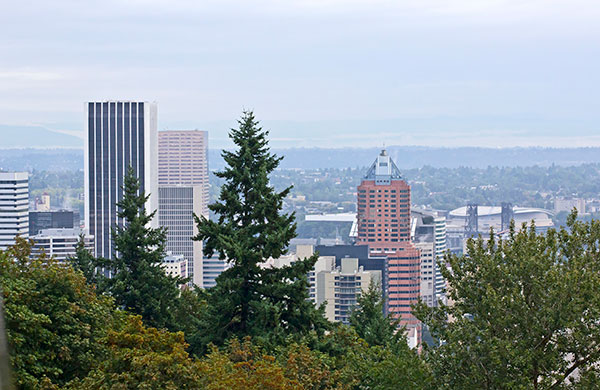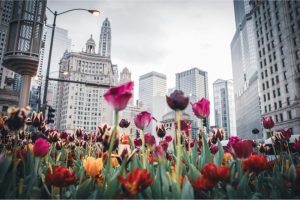Kermit the Frog would be happy to hear that it’s getting easier to be green, at least in terms of environmental projects. Being green continues to grow in popularity, and it’s about more than what light bulbs we use or how we recycle. The trend is rising in the materials and practices used in repairs, maintenance and construction of buildings.
The Leadership in Energy and Environmental Design (LEED) is the most widely-used third party verification for green buildings. LEED certified buildings use less water and energy resources. LEED has guidelines for certification across all project types and offer four rating levels to achieve LEED status. The good news is that the number of LEED certified buildings is increasing year over year, with approximately 1.85 million square feet certified worldwide daily.
The trend may seem like a personal responsibility, but it’s a business opportunity as well. Market demand, lower operating costs, and the public perception are driving factors to residential and commercial builders.
Energy efficiency and green practices are not just limited to new construction. Current trends show that many existing building owners are willing to improve their infrastructure to green standards. These upgrades can decrease operating costs, increase the value of the building, as well as reduce vacancy rates.
Illinois is among the top 10 states in the US for LEED-certified buildings, with more than 174 certifications statewide, and many more will surely be joining their ranks in the coming years.



